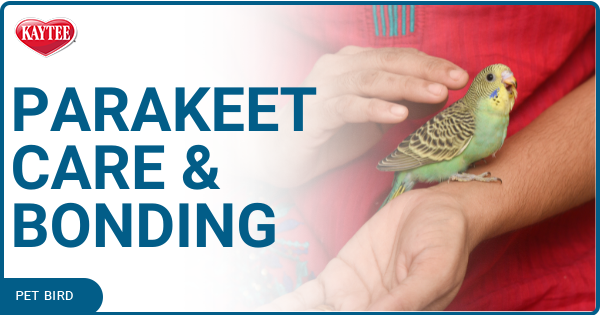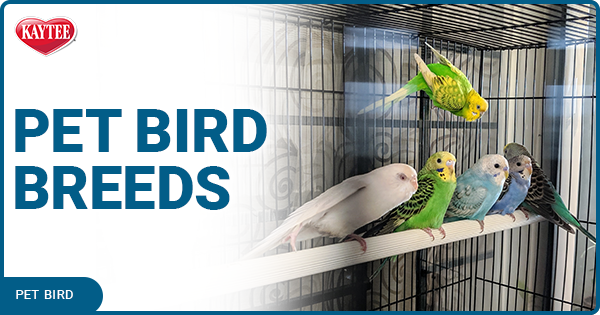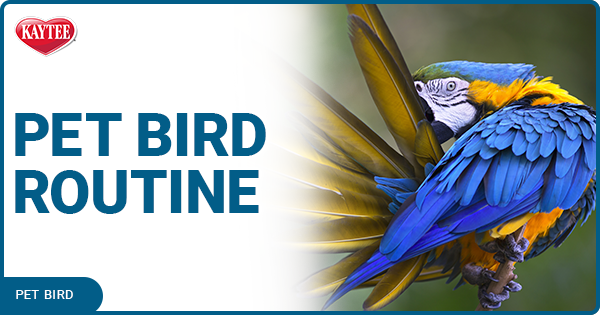What is the best diet for pet parrots?
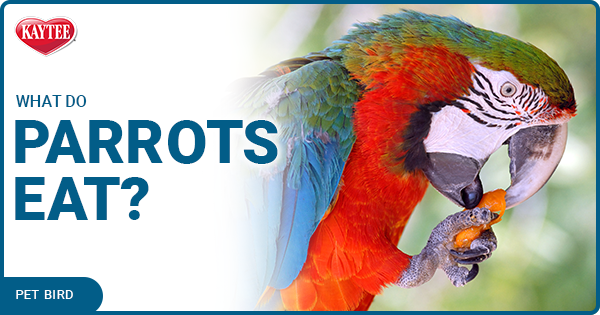
So, what do parrots eat? Offer your pet fresh water, a fortified pellet diet, and fresh produce for optimal wellness.
What Nutrients Does A Parrot Need?
In the wild, parrots seek out seeds as well as live insects and fresh vegetation. This instinct leads to a balanced diet rich in vitamins and minerals needed to live in the wild.
A seed-dominant diet doesn't contain enough vitamin A, vitamin B12, vitamin D, amino acids, calcium, fiber, omega-3 fatty acids, protein, or trace minerals for pet parrots — and can quickly lead to starvation. On the other hand, seeds such as sunflower and safflower are high in fat content and put the bird at risk of gaining too much weight.
Pellet-based foods created with a focus on nutritional balance are becoming the norm for pet parrots. Choosing to feed your parrot a fortified pellet diet ensures they get all the nutrients they need to stay healthy. Kaytee offers formulas created with the appropriate nutrient levels for specific parrot types. This line-up includes:
- • Fiesta Parrot Food
- • NutriSoft Macaw and Cockatoo Food
- • Nutrisoft Parrot & Conure Food
- • Forti-Diet Pro Health Parrot Food
- • and many more!
How To Feed An Adult Parrot
An adult parrot's diet should consist of 70 to 90% pellet food and 10 to 30% percent fresh foods, including fruits, vegetables, seeds, treats, and nuts.
So, when's mealtime? It depends on who you ask. There are varying discussions on when to feed a pet parrot. Some veterinarians think having food available at all times in the cage is optimal. Others recommend two daily measured meals. But, check with your veterinarian for what they recommend for your pet parrot.
When it comes to specific portions, read the pellet food package for guidelines based on your parrot type, weight, and age.
Which Fresh Fruits and Vegetables Are Safe For Parrots?
Offer fresh produce straight from your garden or a farmer's market. Fresh frozen or canned foods packed in water (no oils, salt, or seasonings) are also good options. Avoid fresh supermarket produce that's polished with waxes or sprayed with preservatives.
Pet parrots enjoy a variety of produce, including:
- • Apples
- • Beans (boiled kidney, lima, navy, pinto)
- • Bell peppers
- • Broccoli
- • Cantaloupe
- • Carrots
- • Chickpeas (boiled)
- • Dandelion leaves
- • Dark leafy vegetables (bok choy, carrot tops, kale, spinach)
- • Dates
- • Lentils (boiled)
- • Mango
- • Papaya
- • Pineapple
- • Rice (white or brown, boiled)
- • Silverbeet (also known as Swiss chard)
- • Squash
- • Sweet potatoes
- • Yams
Serve fresh, steamed, or boiled produce, then mashed or broken into small crumbles via a food processor. Skip the butter, oil, and seasonings.
Note: Parrots are prone to obesity, fatty liver disease, heart disease, and nutritional deficiencies. Schedule annual check-ups with an avian veterinarian to keep your pet healthy.
Can Parrots Have Treats?
Of course, parrots can have treats! You can spoil your pet parrot with snacks like Treat Sticks, Granola Bites, Bonding Bits, whole unsalted peanuts in the shell, and some table scraps. They love an al dente pasta noodle, a bite of dry wholewheat toast, and even a slice of jalapeno pepper (with seeds, in moderation, is fine).
Just remember, treats are an occasional special item. So, limit treats to a few bites a week.
Avoid giving onions, chocolate, or avocados to your pet parrot. You may consider them "treat worthy," but these are toxic to your parrot.
Parrots have robust appetites and require varied diets of fresh and pellet foods to stay healthy. The idea that birds only eat seeds is outdated. Read our other blog to learn how birds find food or if you need ideas for your bird that is a picky eater HERE.
Resources
Veterinary Practice News - Teaching Clients About The Birds And The Seeds
Chicago Exotics Animal Hospital - What to Feed Your Pet Bird
Bird Vet Melbourne - Feeding pet birds
Veterinary Medical Associates - What Should I Feed My Bird?
VCA Animal Hospitals - Fruits and Vegetables in Birds' Diets
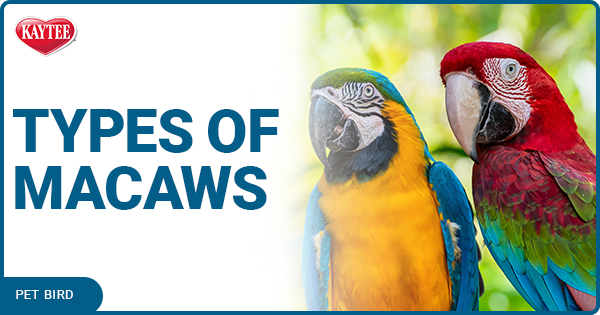
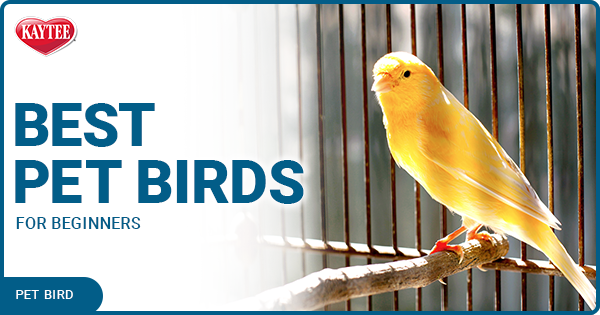
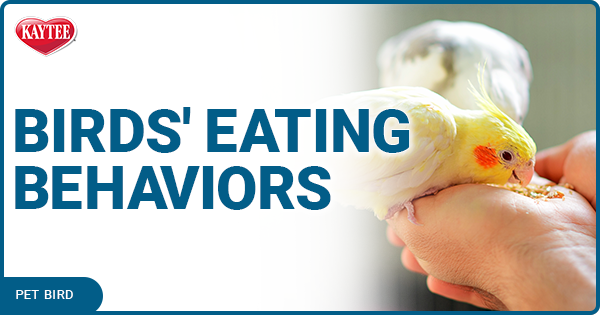
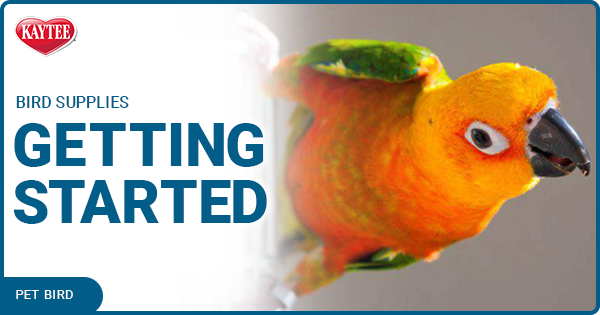
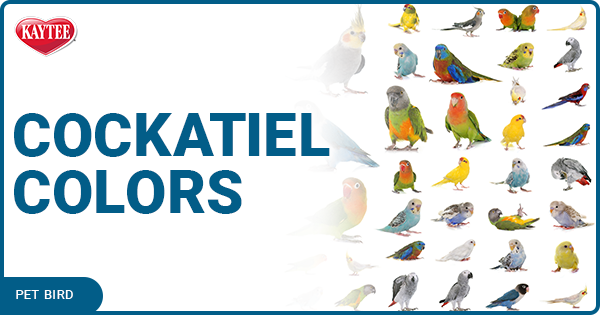
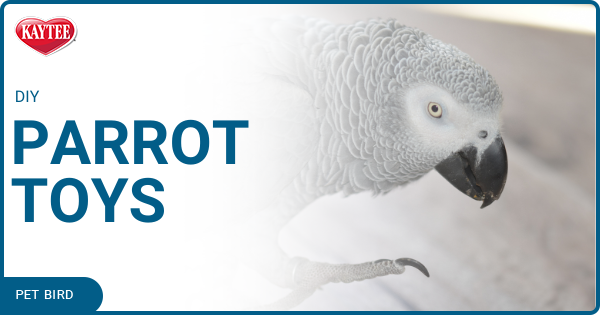
.png?h=315&iar=0&w=600&hash=D97DB36D5E3F21371C65308B485A4F28)
